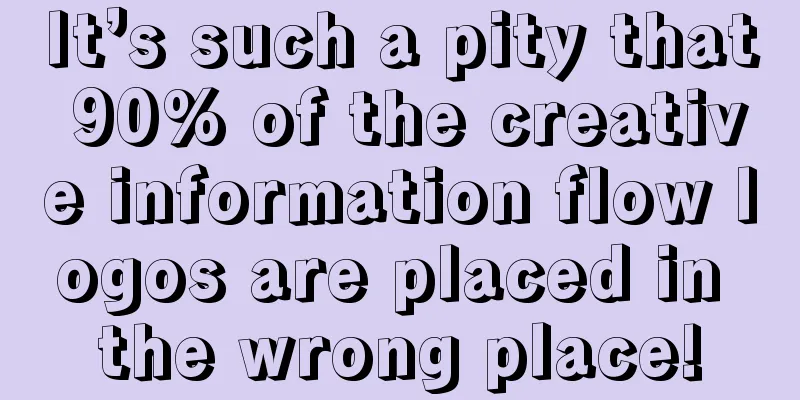Don’t confuse “vision” and “field of vision”

|
The ability of the eyes to distinguish the image of an object or recognize details within a certain distance is called vision. It is generally measured by the minimum distance between two points on an object that the eyes can distinguish. Physiologically, human vision is divided into two categories: far vision and near vision. As the name suggests, far vision mainly refers to the ability of the eyes to distinguish distant objects, while near vision refers to the ability of the eyes to recognize small targets nearby. The quality of a person's vision mainly depends on two factors: one is the function of the photoreceptor cells on the retina, and the other is the function of the eye's refractive system. If there is a problem in any of the above two factors, vision will deteriorate. What about "visual field"? Visual field is also called peripheral vision. When one eye is fixed on a point in front of it, the spatial range that can be perceived by the peripheral vision of the eye is called visual field, which mainly reflects the visual function of the retina except the fovea. Different people have different fields of vision, and even the same person's two eyes have different fields of vision. The size of the field of vision is affected by factors such as the bone structure of the face, the brightness of the object, and the color of the object. Generally, people with big eyes and protruding eyeballs have a wider field of vision; people with smaller eyes have a relatively smaller field of vision. Due to the influence of the protruding nose bridge, the outer field of vision of the eye is larger than the inner field of vision; in addition, under the same brightness of light conditions, the field of vision measured with targets of different colors is also different. The white field of vision is the largest, followed by yellow and blue, then red, and the green field of vision is the smallest, mainly because the distribution range of photoreceptors of different colors in the retina is different. After knowing this, can you explain why traffic lights use red to indicate stop and green to indicate passage? Source: Chongqing Industry-University-Research Cooperation Promotion Association Author: Li Ge, Professor of Chongqing Medical University Audit expert: Mao Yi Statement: Except for original content and special notes, some pictures are from the Internet. They are not for commercial purposes and are only used as popular science materials. The copyright belongs to the original authors. If there is any infringement, please contact us to delete them. |
<<: GLP-1 drugs, the nemesis of obesity and diabetes, are becoming popular all over the world.
>>: Is childbirth so painful an evolutionary bug?
Recommend
A summary of advertising styles and billing models of Toutiao, iQiyi, etc.!
Information flow advertising style: 1. Large imag...
Maizi Interactive Entertainment short video sales · 0 basics to create a product sharing account, no need to appear on camera, no need to source goods, no need to shoot
Maizi Interactive Entertainment short video sales...
Dual-line server hosting improves network access speed
Computer network is an indispensable thing for us...
The "fluffiest planet ever" looks like cotton candy!
Marshmallow planet on a cat dwarf: a quirky and a...
Operations are not based on intuition, but are driven by data.
Many college students who are about to graduate w...
Taking stock of the 4 business models of private domain traffic!
All business marketing models are ultimately for ...
Summary of tips for Android code optimization
Preface This article mainly introduces some small...
How do growth hackers perform operational data analysis?
Attracting new users , promoting activation, and ...
How do colored diamonds come about? They lose color after being polished!
Diamonds are rare and precious, and are even equa...
The truth behind two against ten: OV are not strong, and Xiaomi is not weak?
Recently, two anthropomorphic pictures circulated...
Why do you feel dry eyes when you wake up in the morning? Attention! In this case, you need to see a doctor immediately (with the correct "hydration" method)
Expert of this article: Li Zongou, Master of Opht...
Attention! Heavy rainfall in Beijing, Tianjin and Hebei reappears. How to prevent and respond scientifically?
At 10 a.m. today (11th), the Central Meteorologic...
Detailed explanation of Handler synchronization barrier mechanism (sync barrier) in Android development
The Handler synchronization barrier mechanism is ...
How to make programmers happy at work: details determine success or failure
As we all know, excellent programmers not only wr...
How to optimize Google search ad keywords?
I believe everyone knows the importance of Google...









